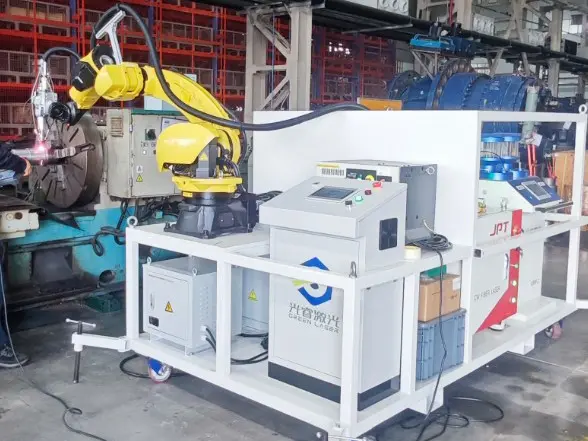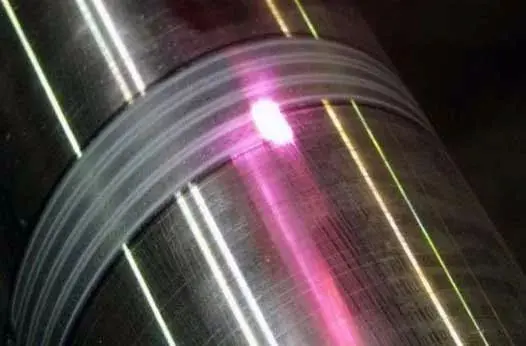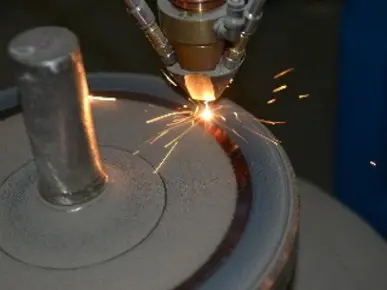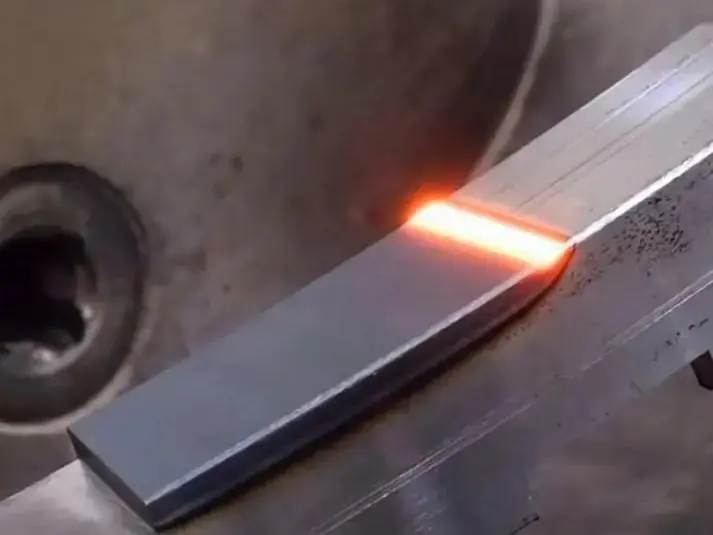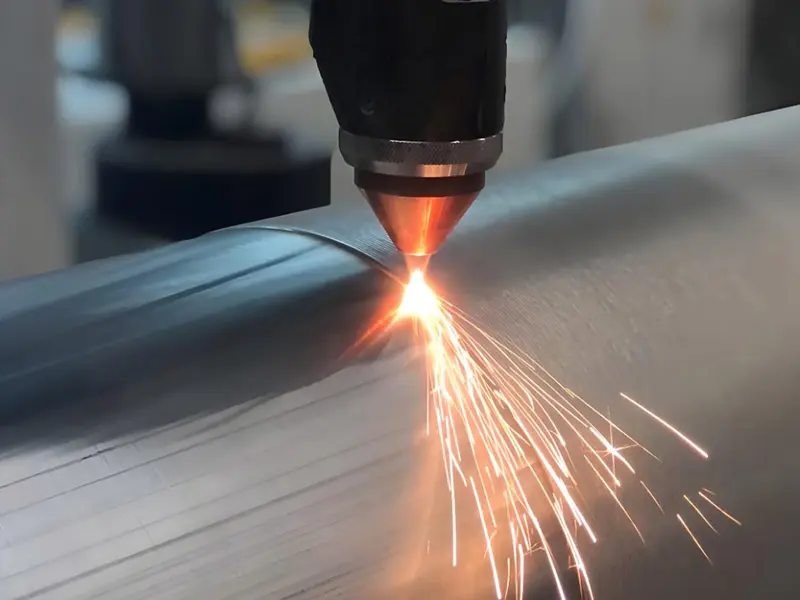Laser Cladding Technology: A Green Innovation that Equips Petrochemical Equipment with "High-Performance Armor"
In the petrochemical industry, a sector crucial to national energy security and the lifeblood of basic industries, the long-term, stable operation of production equipment is the lifeline for efficient and safe operations. However, extreme operating environments—high temperatures, high pressures, severe corrosion, and media erosion—constantly test the durability of core equipment. Pumps, valves, pipelines, reactors, and other components serve as the "arteries" and "heart" of the production process, and the integrity of their internal surfaces directly determines the operational lifespan and reliability of the entire unit. Traditional solutions, such as using high-performance materials throughout or requiring periodic downtime for component replacement, are not only costly but also time-consuming. Against this backdrop, laser cladding technology, as an advanced surface engineering and remanufacturing method, is offering revolutionary solutions for extending the lifespan and ensuring reliable operation of petrochemical equipment with its superior performance.
I. Severe Challenges: The "Inherent Pain" of Petrochemical Equipment
Petrochemical equipment faces damage primarily from chemical and physical attacks by internal media:
Chemical Corrosion: When processing crude oil or chemical raw materials containing corrosive media such as sulfur, chlorine, acid, and alkali, the metal substrate of the equipment (typically carbon steel or stainless steel) can suffer uniform corrosion, pitting, and intergranular corrosion, leading to wall thinning, perforation, and even failure.
Erosion Wear: High-speed flows of catalyst particles, slurry, steam, and other media continuously erode and wear pipe elbows, pump casing flow passages, valve seat sealing surfaces, and other components, causing material loss and structural damage.
High-Temperature Oxidation and Thermal Fatigue: Reactors and high-temperature piping operate under continuous high temperatures, making metal materials susceptible to oxidation and creep, and even thermal fatigue cracking during temperature cycles associated with startup and shutdown. These damages often lead to the premature failure of critical equipment components, forcing companies to frequently shut down for maintenance. Each unplanned downtime can result in millions of yuan in economic losses and pose potential safety risks.
II. Core technology: How laser cladding creates an "indestructible body"
Laser cladding is an additive manufacturing technology that uses a high-energy-density laser beam as a heat source to melt alloy powder and a thin layer on the substrate surface, thereby forming a high-performance metallurgical bond coating on the substrate surface. The principle of its application in petrochemical equipment protection can be summarized as follows:
1. Precise energy control: The laser beam energy is highly concentrated, the heating and cooling speeds are extremely fast, the heat input and heat-affected zone to the substrate are extremely small, and deformation of the workpiece and performance degradation are avoided.
2. Metallurgical Bonding Advantages: The cladding layer and the base material melt and diffuse into each other at high temperatures, forming a strong metallurgical bond. This bond is much stronger than mechanical bonds achieved with traditional techniques such as spraying and electroplating, and the coating is not susceptible to peeling.
3. Freedom of material design: You can "tailor" according to specific working conditions and choose the most suitable corrosion-resistant, wear-resistant or high-temperature resistant alloy powder (such as nickel-based, cobalt-based, iron-based alloys and metal-ceramic composites) for cladding to achieve the best combination of "excellent matrix bearing and strong surface bearing".
For petrochemical equipment, especially the inner surfaces of pipelines and reactors, special internal hole laser cladding equipment is usually used to achieve automated and uniform processing in complex and confined spaces, ensuring high-quality and defect-free coatings.
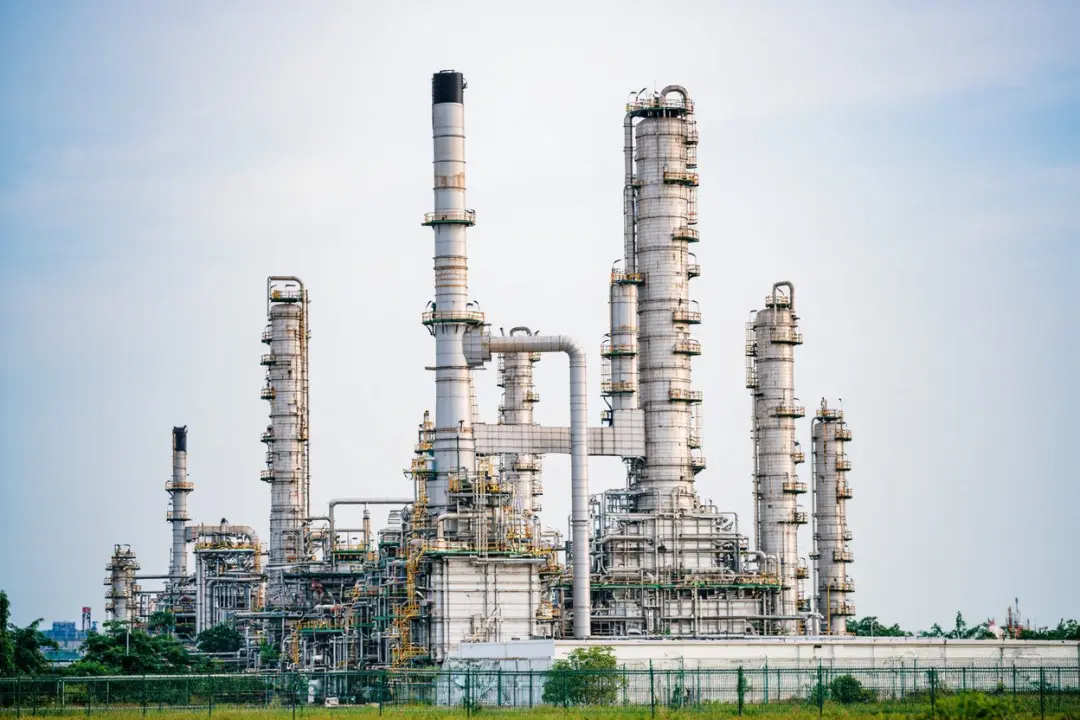
III. Application results: injecting new life into key equipment
Applying laser cladding technology to various petrochemical equipment can bring immediate and long-term benefits:
Pumps (centrifugal pumps, reciprocating pumps): Cladding high-chromium cast iron, tungsten carbide and other wear-resistant alloys on the surface of flow-through parts such as pump casings and impellers can greatly resist the erosion of slurry and particles, and extend the efficiency decline period several times.
Valves (ball valves, gate valves, globe valves): Cobalt-based alloys such as Stellite are clad on the sealing surfaces of the valve seat and valve core (ball) to ensure excellent wear resistance and corrosion resistance, eliminate internal leakage, and achieve tight shutoff.
Pipeline systems (straight pipes, elbows, tees): Especially at elbows that are prone to erosion, cladding with a wear-resistant and corrosion-resistant coating can evenly protect the entire inner wall, completely solving the problem of premature perforation caused by the local "skirting" effect, and increasing the pipeline life by 3-5 times.
Reactor (kettle body, agitator, internal components): The inner wall is clad with a layer of Hastelloy or 625 alloy that is resistant to high temperature, carburization, and acid and alkali corrosion, effectively resisting the erosion of the reaction medium, maintaining a pure reaction environment, and ensuring product quality.
IV. Beyond Protection: A Leap in Comprehensive Value
The value of laser cladding technology goes far beyond "repair". It is also an advanced "active protection" and "remanufacturing" strategy, bringing multi-dimensional improvements to petrochemical companies:
Extend the maintenance cycle and ensure long-term operation: The fundamental improvement in equipment reliability has smoothly extended the overhaul cycle from the previous 1-2 years to 3-4 years or even longer, which perfectly meets the "safe, stable, long, full and excellent" operation requirements of modern chemical industry.
Cost reduction, efficiency improvement, and sustainable development: Compared to replacing expensive high-alloy components entirely, laser cladding strengthens only the surface, saving over 70% in material costs. It also allows for the remanufacturing of discarded components, imparting performance exceeding that of new ones, in line with the principles of a circular economy and green development.
Strengthening safety barriers: Fundamentally eliminating the hidden dangers of serious accidents such as medium leakage, fire and explosion caused by thinning of equipment wall thickness and corrosion perforation, and building a solid technical barrier for safe production.
Conclusion
Laser cladding technology, with its digital, precise, and flexible features, is revolutionizing equipment maintenance in the petrochemical industry. It equips these critical industrial equipment with a tailored "high-performance armor," enabling them to withstand the most demanding operating conditions. With the increasing adoption of the technology and process optimization, laser cladding is poised to become one of the core technologies ensuring intrinsic safety, cost reduction, efficiency improvement, and sustainable development for petrochemical companies, injecting powerful technological momentum into the stable operation of China's energy and chemical industries.


